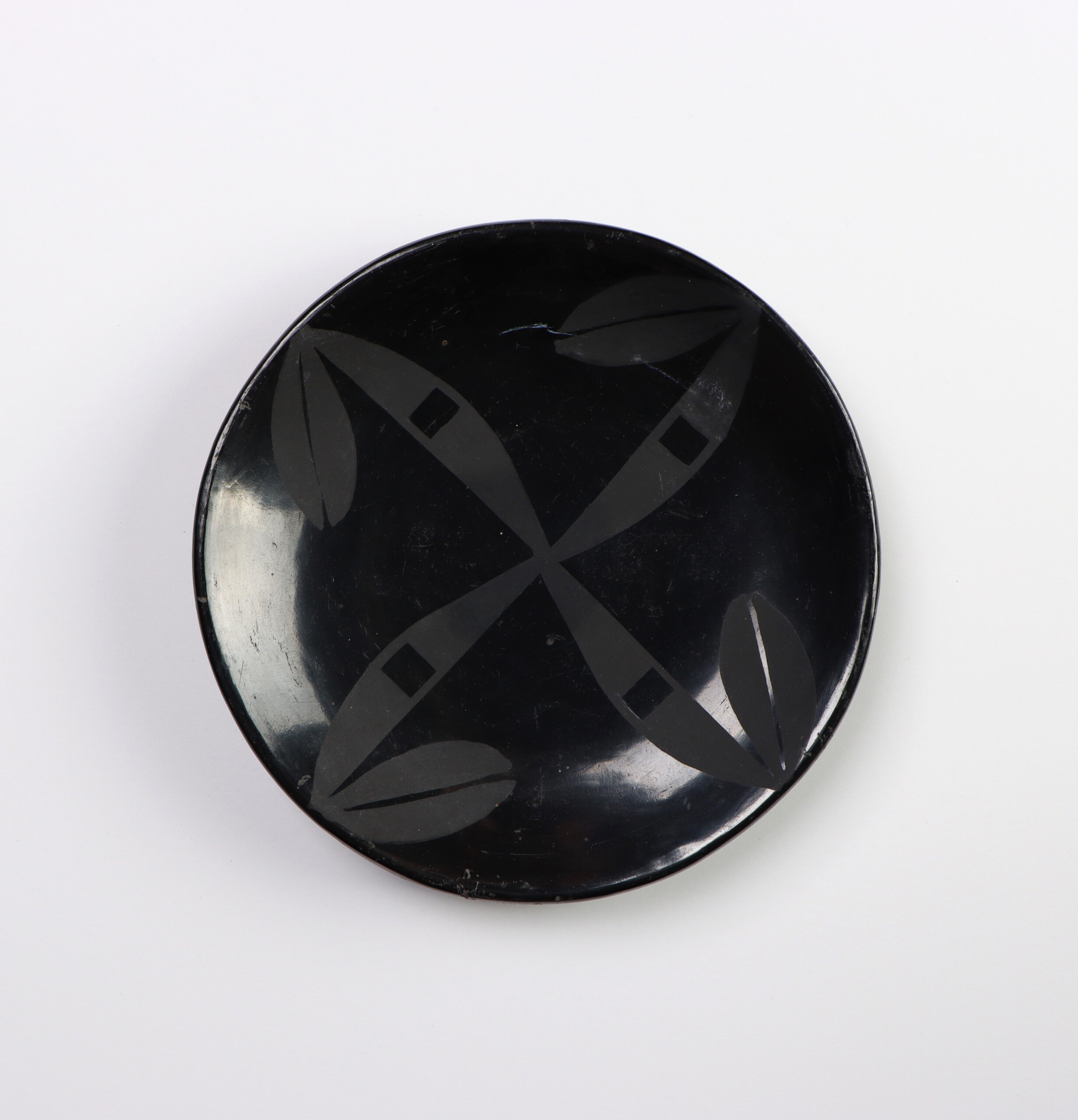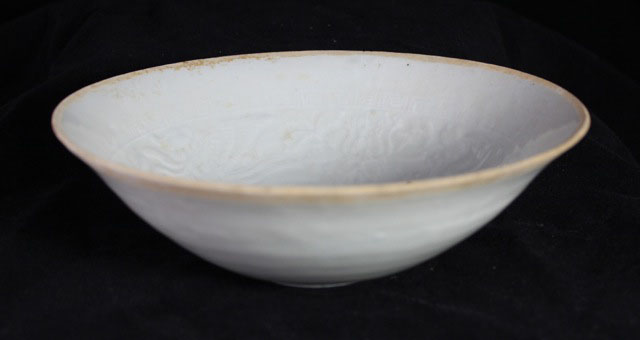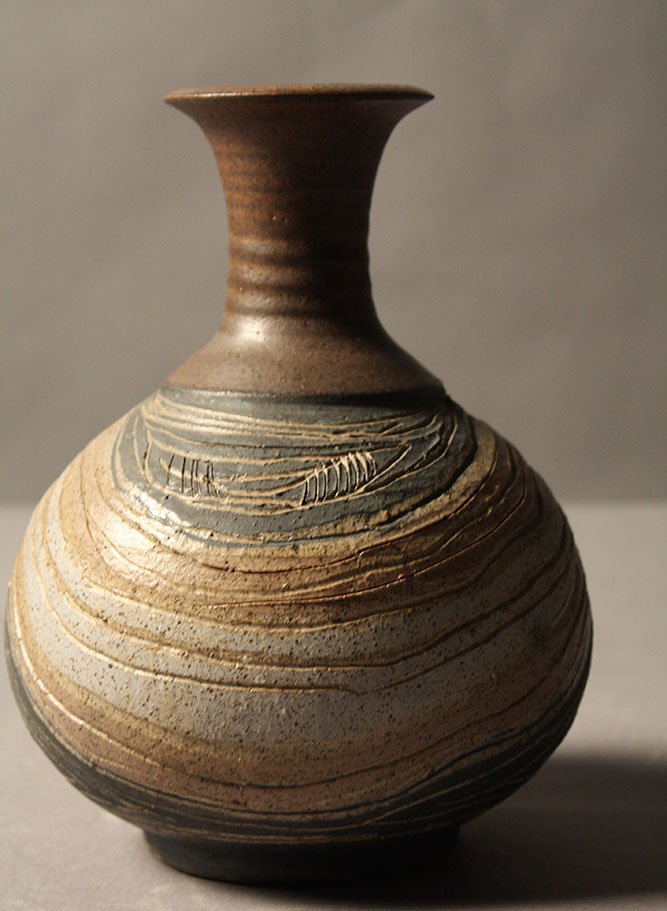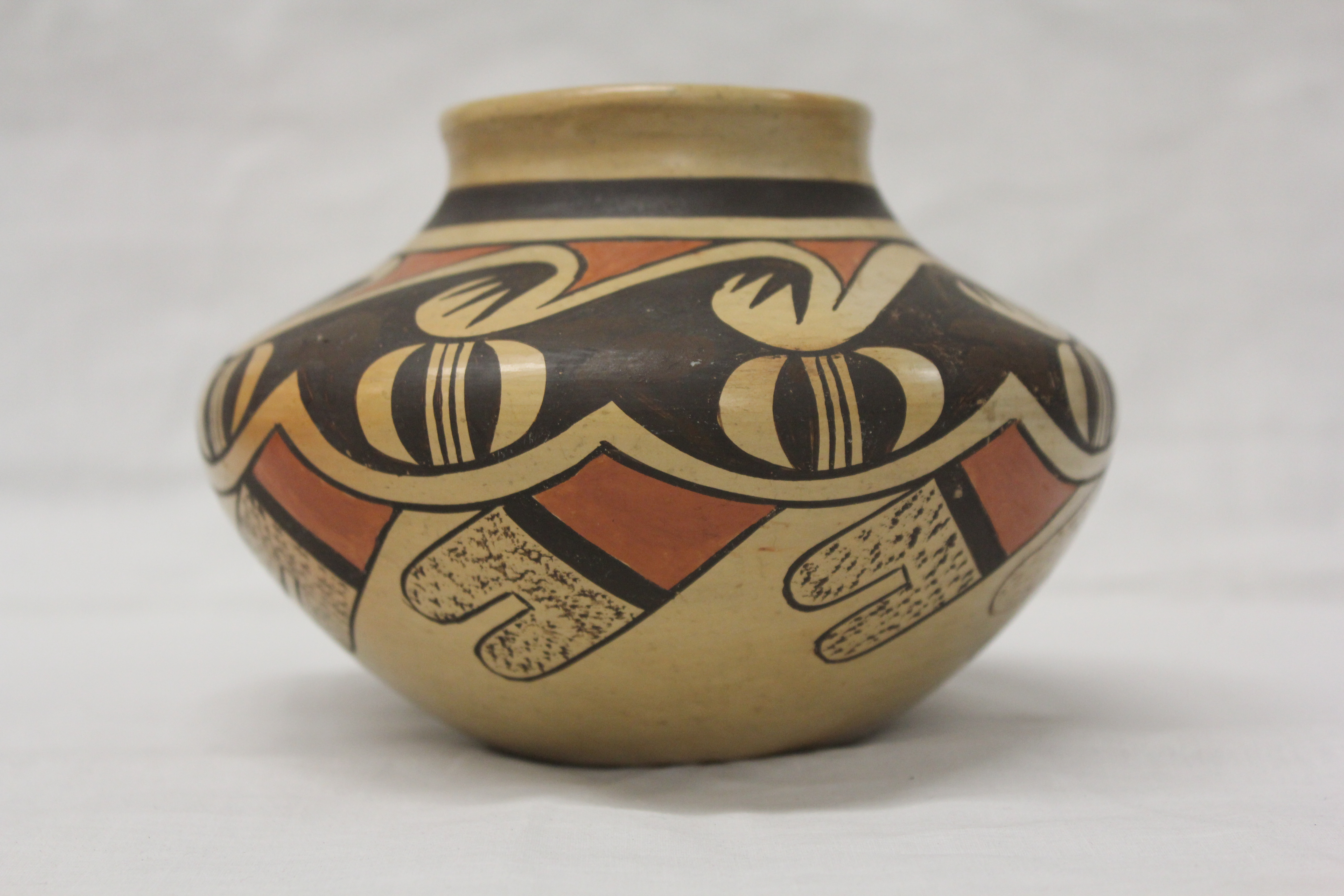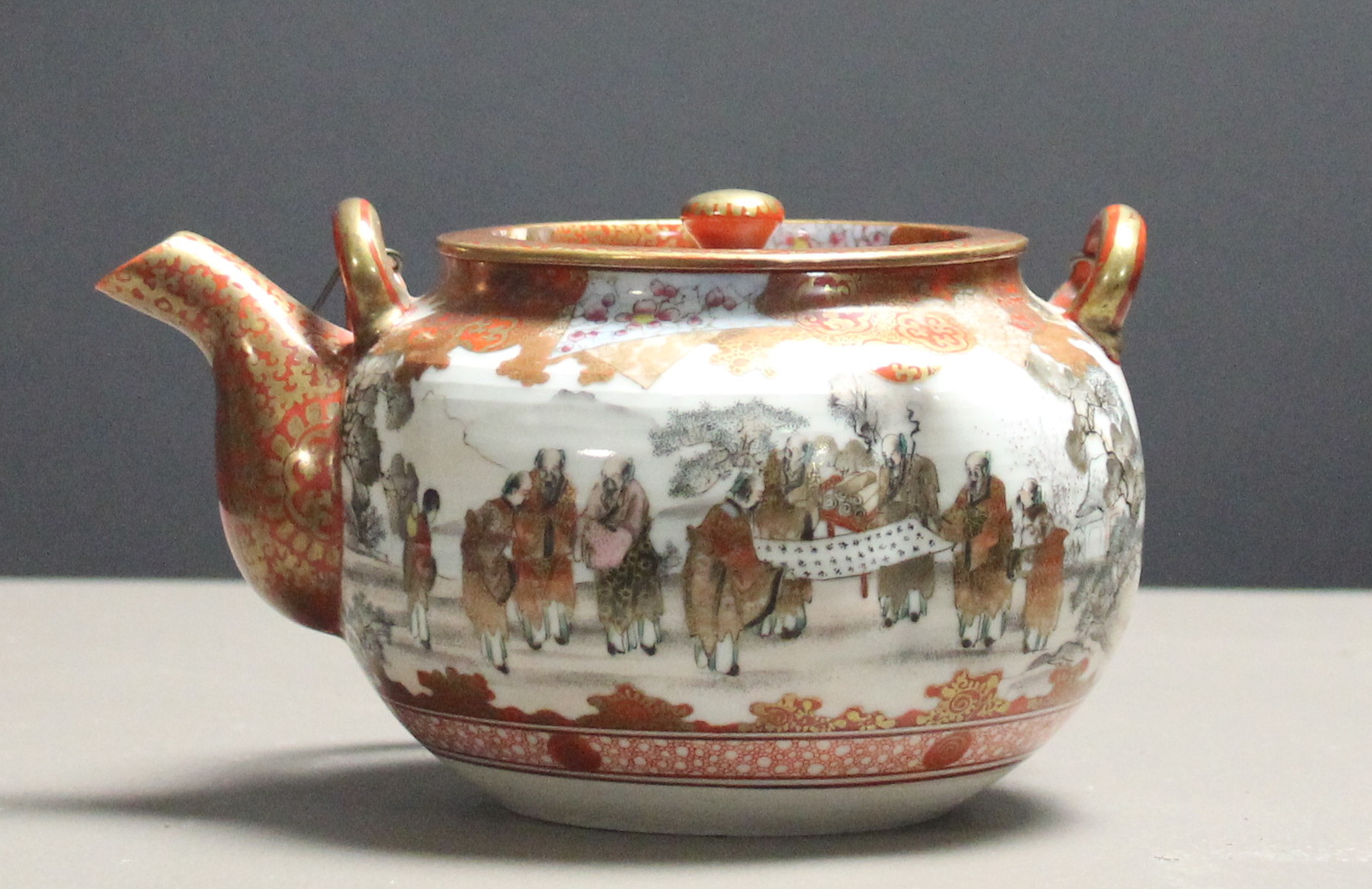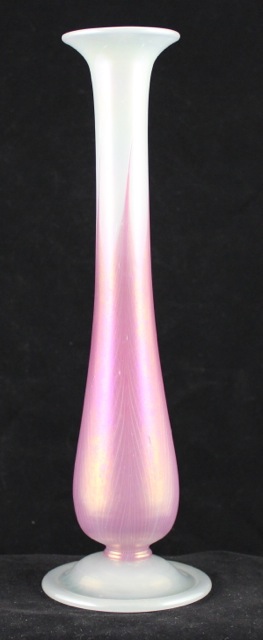As a teenager, Maria Montoya Martínez learned how to make pottery from artists in her San Ildefonso Pueblo community in present-day New Mexico, the birthplace of black-on-blackware pottery. Today, she is celebrated for her “rediscovery” of this historic style of ceramics, which had declined in use amongst Pueblo potters beginning in the early 1800s. Martínez [...]
Bowl
Constantine Botimer2016-07-19T13:56:01-04:00Born in Tokyo, Japan to the man considered the “Father of British studio pottery”, David Leach is an English Ceramicist. The father’s and son’s pottery share many common themes but David Leach has partially departed from his father. Leach’s father was known for his thick, bold, rough, opaque pottery with little color difference between body [...]
Tea Bowl
Constantine Botimer2016-06-29T20:04:22-04:00This tea bowl is in the Tamba style: one of the six ancient styles of Japanese pottery. Tamba pottery has been made for over eight hundred years. This type of pottery gets its glassy look not from a glaze, but from the smoke and ash inside the kiln. Today, it is only made at one [...]
Temmoku Bowl
Constantine Botimer2016-06-29T19:43:45-04:00This piece of Temmoku was manufactured in the Fujian province of China during the Song Dynasty. The name Temmoku comes from the Japanese pronunciation of Tianmu Shan, a mountain where Japanese Buddhist Monks came to study Zen Buddhism and took this type of bowl back to Japan. Temmoku is characterized by its iron-oxide glazes, which [...]
Bowl
Constantine Botimer2019-05-15T09:05:19-04:00This piece of Dingware was manufactured in Dingzhou, Hebei Province at the height of the Northern Song Dynasty. Dingzhou was a ceramic capital of the Northern Song dynasty, and Dingware was highly prized for its elegance. Before the Song Dynasty Imperial court fled south, Dingware was the tableware for aristocratic families and the Imperial court. [...]
Beaver Ridge Vase
Susan Romer2016-06-27T20:26:52-04:00Charles Counts was an American Renaissance man who worked to preserve the art forms of his native Appalachia. He was a proficient weaver, quilter, teacher, writer, and activist. However, he is best known for his pottery. Born in Lynch, Kentucky, Counts graduated from Berea College where his devotion to his native culture was fostered and [...]
Teapot
Berea College2019-05-15T09:05:19-04:00This teapot has been first thrown on a pottery wheel and then altered to give the body its bulbous, fluted shape. It has a shino glaze, which creates the teapot’s varied, organic coloration. Shino glazes range in color from milky white to burnt orange and have been a favorite of potters for centuries. Charlie Cummings [...]
Bowl
Berea College2016-06-28T01:18:08-04:00In the mid-twentieth century, Elva Nampeyo created this clay bowl. Nampeyo is from the Hopi tribe and the bowl is crafted in a traditional style that embraces pre-Hopi cultures. It is a white clay bowl with a wide shoulder, narrowing at the base and neck. The shoulder is red, with a band of white and [...]
Teapot
Berea College2016-06-23T19:09:17-04:00This small nineteenth century teapot is decorated in a style that was developed in the Kyushu region following the sixteenth century Japanese invasion of Korea. With the relocation of skilled Korean potters to the Japanese isles, Satsuma ware developed as a style of Japanese pottery. Though it originally developed as utilitarian, with dark clay [...]
Vase
Berea College2016-06-23T19:38:32-04:00This Tiffany favrile vase was designed and created by Louis Comfort Tiffany in the beginning of the twentieth century. Louis Comfort Tiffany was the premier designer of the decorative arts in the late nineteenth and early twentieth centuries, known mostly for his glass work. Tiffany patented favrile glass in 1894 and began its production in [...]

